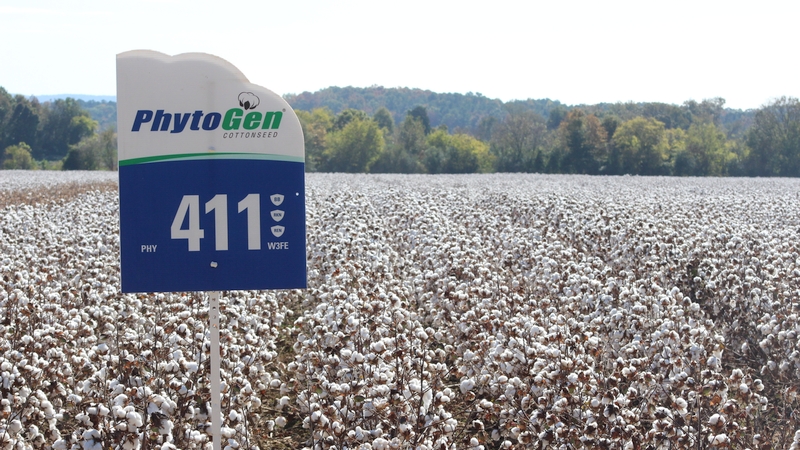Cracking the Code for Enhanced Cotton Genetics
A multi-institutional research effort is studying how cotton DNA can be used to quickly breed new varieties that can better withstand climatic changes and are resistant to diseases, pests and other threats.
The results of this collaboration – high-quality genome-wide assemblies for each of five 52-chromosome species of the cotton genus Gossypium – were published in the latest issue of Nature Genetics magazine.
During the study, the researchers were able to create the highest-quality DNA sequence ever for a polyploid crop and gain new understandings of the evolution and diversification of cotton. The team compared the genome sequences of upland and Pima cotton to three wild species from other countries and investigated genes for fiber traits and disease resistance, as well as genes and DNA differences that lead to other traits.
According to the report, the sequences of these five species’ genomes will provide resources and insights to help facilitate genetic improvements needed to maintain economic yields, enhance quality and value of fiber and seed products and improve sustainability-enhancing features such as resistance to pests, drought and heat.
The overall project was funded by grants from the National Science Foundation, U.S. Department of Agriculture and Cotton Incorporated. It was led by Dr. Z. Jeffery Chen at the University of Texas at Austin and included collaboration with Texas A&M University, HudsonAlpha/JGI, USDA, Clemson University, Alcorn State University, Mississippi State University, Iowa State University and Cotton Incorporated.
“Globally, cotton is the premier natural fiber crop of the world, a major oilseed crop and an important feed crop,” said Dr. David Stelly, Texas A&M AgriLife Research cotton breeder and an investigator in the project. “This report establishes new opportunities in multiple basic and applied scientific disciplines that relate directly and indirectly to genetic diversity, evolution, wild germplasm utilization and increasing the efficacy with which we use natural resources for provisioning society.”
Dr. Chris Saski, associate professor of systems genomics at Clemson University, believes this sequence – or DNA roadmap – will provide the foundation for more sustainable crops to be grown. He noted that the researchers found that limited genetic diversity exists in cottons and that DNA modifications may be responsible for regulation of traits.
“We also discovered the genes that are involved in fiber have similar gene expression profiles in the two domesticated cotton varieties, which suggests domestication drives parallel expression similarities,” he said. “We also found that wild species have rich backgrounds and diversified R-genes and may be used to add genetic diversity to elite breeding lines.
“The environment is constantly changing,” adds Saski. “Some cotton varieties may become less able to adapt to these changes and production may be lessened. We need to be able to use the latest advances in molecular biology and technology to rapidly breed new cotton varieties that farmers can grow and be profitable.”









